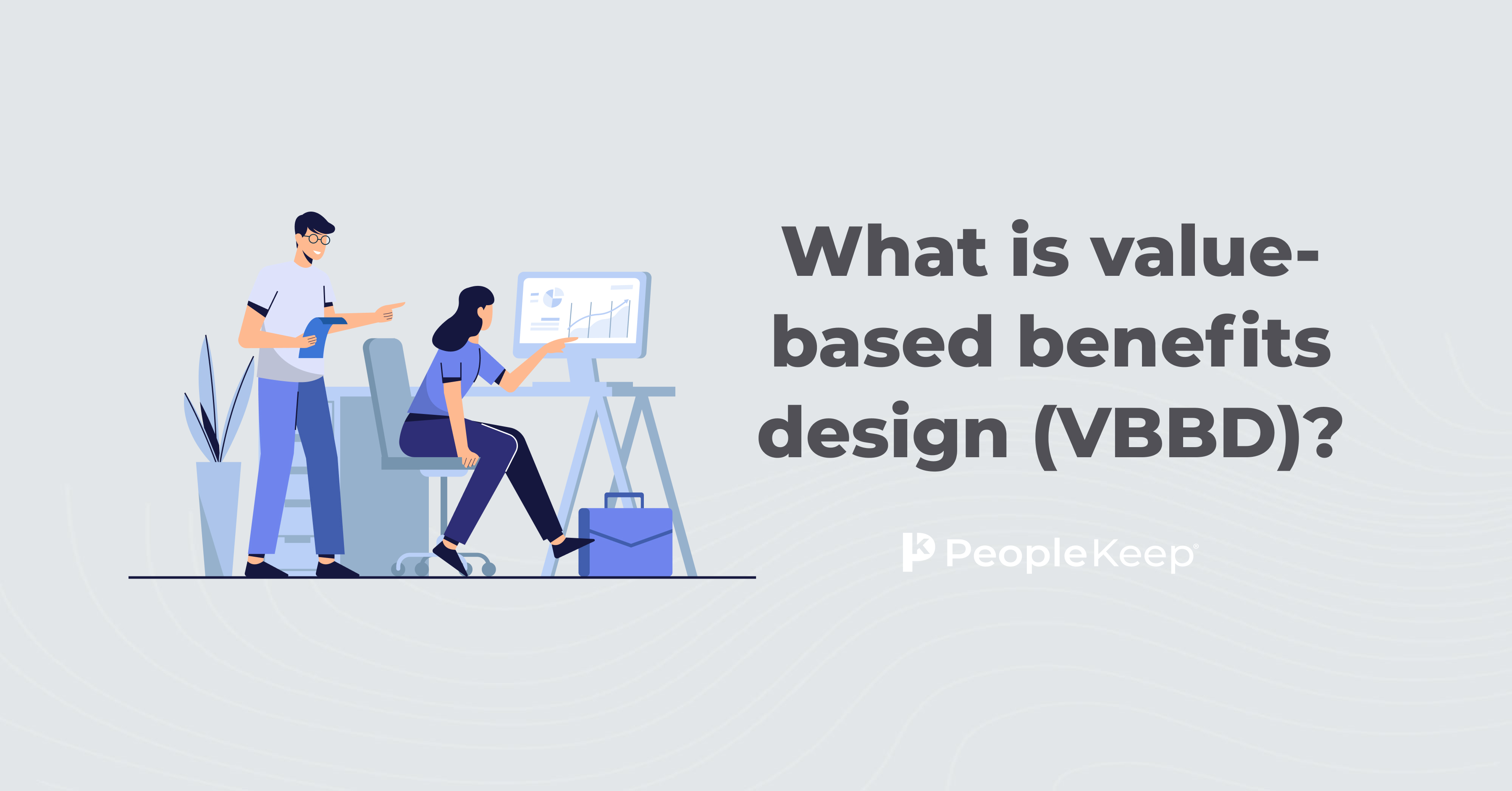HR Trend Watch: Value-Based Benefits Design (VBBD)
By Christina Merhar on January 23, 2014 at 7:15 AM
Where are employee health benefits heading in 2014 and beyond? One of the big trends is Value-Based Benefits Design (VBBD). While VBBD has been an employee health benefits strategy since the early 1990's, the associated cost savings with the approach are gaining more attention now.
What is VBBD?
VBBD is a comprehensive approach to helping employees be healthier, which in turn helps the company save money on health insurance premiums. VBBD addresses the way health benefits are structured and utilized by employees. The focus is broader than just the health insurance design and usually includes other types of incentives.
There are different approaches to VBBD. The National Business Coalition on Health (NBCH) describes three examples of VBBD:
-
Individual Health Competency: Incentives for participation in health risk assessments, biometric testing, and wellness programs.
-
Condition Management: Incentives for adherence to condition-specific programs.
-
Provider Guidance: Incentives for provider usage, such as using a clinic versus an emergency room.
The goal with VBBD is to manage the most expensive health conditions to bring them down out of the most expensive category, and keep the healthy people healthy so they don’t move into that expensive category.
How Defined Contribution Healthcare Fits In with VBBD
The VBBD discussion is generally focused on employers offering traditional employer-sponsored health insurance - creating incentives for wellness that in turn create lower premiums and savings for the employer (and employees).
But where does an employer turn when they need to take the next step in cost savings? A Defined Contribution Health Plan offers employers straight forward value and savings because:
-
Individual health insurance plan, on average, cost less than group health insurance. The company sees value in their health benefits dollars.
-
The health of employees does not impact the employer's annual contribution amount. The contribution amount is based only on what the employer decides what they can afford, not a percentage of the premium. With defined contribution, there are no minimum contribution amounts.
Check out more resources
See these related articles

What is value-based insurance design (VBID)?
Learn what value-based insurance design (VBID) is and how it helps improve care quality while reducing healthcare costs.

Group Health Policies vs. Private Plan Reimbursement
Group health insurance differs from private plan reimbursement in several ways, and both provided valuable options for benefits. Learn key differences here.

What is the Health Insurance Marketplace?
Discover the benefits of enrolling in a health insurance plan through the Health Insurance Marketplace. Learn what it is and how it can benefit you.


